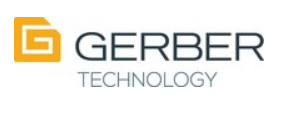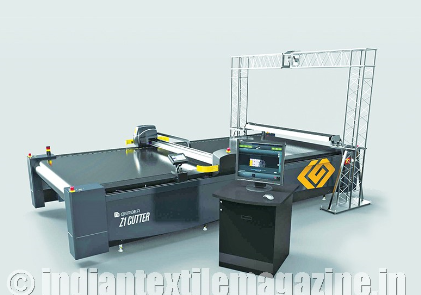Consumers are becoming more aware about the quality of their clothing purchases, holding brands and manufacturers to quality standards all while demanding new styles with every new trend. “We have taken our research and learning from our AutoMatch for furniture and applied it to the apparel market,” said Mr.Tom Gordan, Director, Product Management, Gerber Technology.
AutoMatch for apparel provides cutting accuracy ensuring that stripes, plaids or other patterns flow seamlessly from a bodice to a sleeve and throughout any garment without interruption. Testing of AutoMatch comes with some impressive statistics including a reduction in labour costs by as much as 50 percent while increasing throughput and improvements in cut part accuracy.
“Pattern continuity is a hallmark of quality for the fashion industry. However, ensuring continuity can be extremely time consuming and prone to errors, adding significant time and cost with wasted materials and labour associated with recutting” continues Gordan.
The AutoMatch technology captures a piece of fabric in a single digital image and automatically corrects for placement errors, pattern repeat variations and distortions. AutoMatch is accurate and repeatable, and most importantly, it can help apparel manufacturers slash costs over conventional methods that rely on teams of operators to manually align patterns before cutting.
Traditional matching methods require highly-skilled workers and rely solely on the human eye for accuracy. In addition to being time consuming, the manual system is costly and more likely to result in waste as a result of poorly matched patterns. In addition to ensuring greater accuracy, AutoMatch helps manufacturers save on labor costs. The system utilizes a single operator, and, unlike the manual alignment method, it does not require extensive training or labour skilled in apparel design and pattern matching.
Visit Gerber Technology in stand E2-A22 at CISMA to see AutoMatch and other industry-leading solutions that help ensure accuracy, optimize productivity, maximize material utilization and minimize labour costs.

